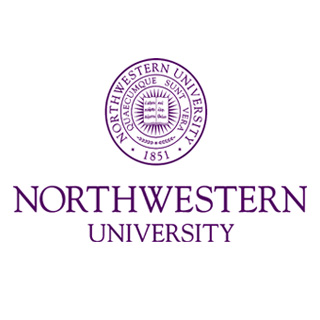
It was estimated that 1 million people in the U.S. suffer from chronic, severe angina. However, approximately 300,000 may not be helped by any traditional medical treatment such as angioplasty, bypass surgery or stents. Severe or intractable angina is known to be a condition where there is chest pain due to blocked arteries. More so, the severity of the condition appears to be designated via classes.
During the 12-month Phase II, double-blind trial, subjects’ own purified stem cells, called CD34+ cells, were noted to have been injected into their hearts in an effort to stimulate the growth of small blood vessels. Apparently, these blood vessels make up the micro-circulation of the heart muscle.
In the trial, the CD34+ cells appear to have been injected into 10 locations in the heart muscle. A sophisticated electromechanical mapping technology seems to recognize where the heart muscle is alive but not functioning. This is because it appears to obtain inadequate blood supply. The authors were of the opinion that the loss of these blood vessels contributes to the pain of chronic, severe angina.
“This is the first study to show significant benefit in pain reduction and improved exercise capacity in this population with very advanced heart disease,†says chief author of the study, Douglas Losordo, M.D., the Eileen M. Foell Professor of Heart Research at the Northwestern University Feinberg School of Medicine and a cardiologist and director of the program in cardiovascular regenerative medicine at Northwestern Memorial Hospital.
Losordo, also director of the Feinberg Cardiovascular Research Institute said that this study seems to provide the foremost evidence that a person’s own stem cells can be used as a treatment for their heart disease. However, he cautioned that the findings of the trial with 167 subjects could perhaps necessitate verification in a larger, Phase III study. The subjects in this study were believed to be class 3 or 4, meaning they had chest pain from normal to minimal activities, such as from brushing their teeth or even resting.
The stem cell transplant supposedly is the first therapy to produce an improvement in severe angina subjects’ ability to walk on a treadmill. The findings revealed that twelve months after the procedure, the transplant subjects were able to double their improvement on a treadmill than to the placebo group.
Furthermore, it seems to have taken twice as long until they suffered from angina pain on a treadmill in contrast to the placebo group. In addition, when they felt pain, it was believed to have gone away quicker with rest. Besides, they had fewer overall episodes of chest pain in their every day lives.
The findings of the study have been presented at the Americans Heart Association Scientific Sessions 2009.
